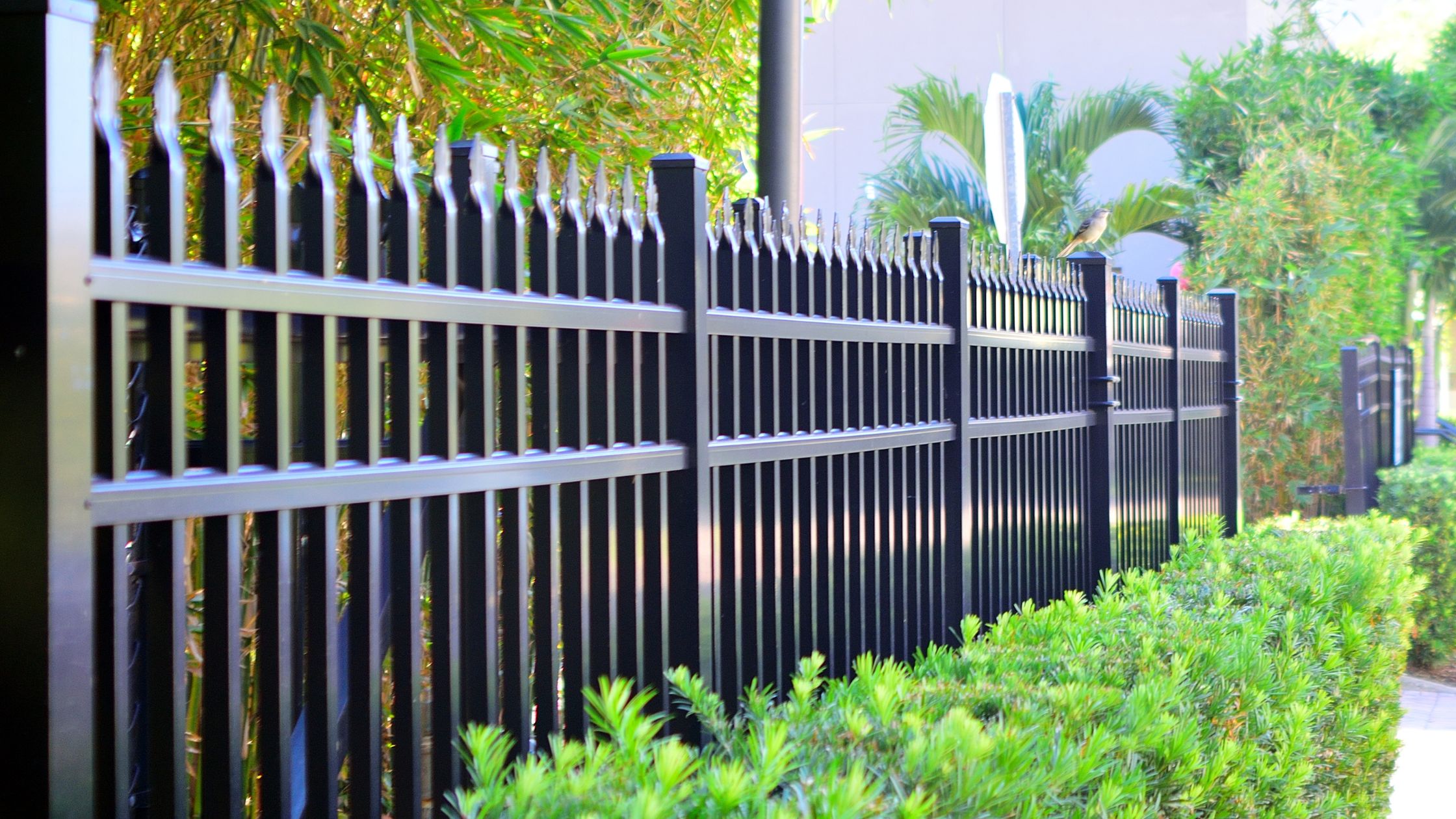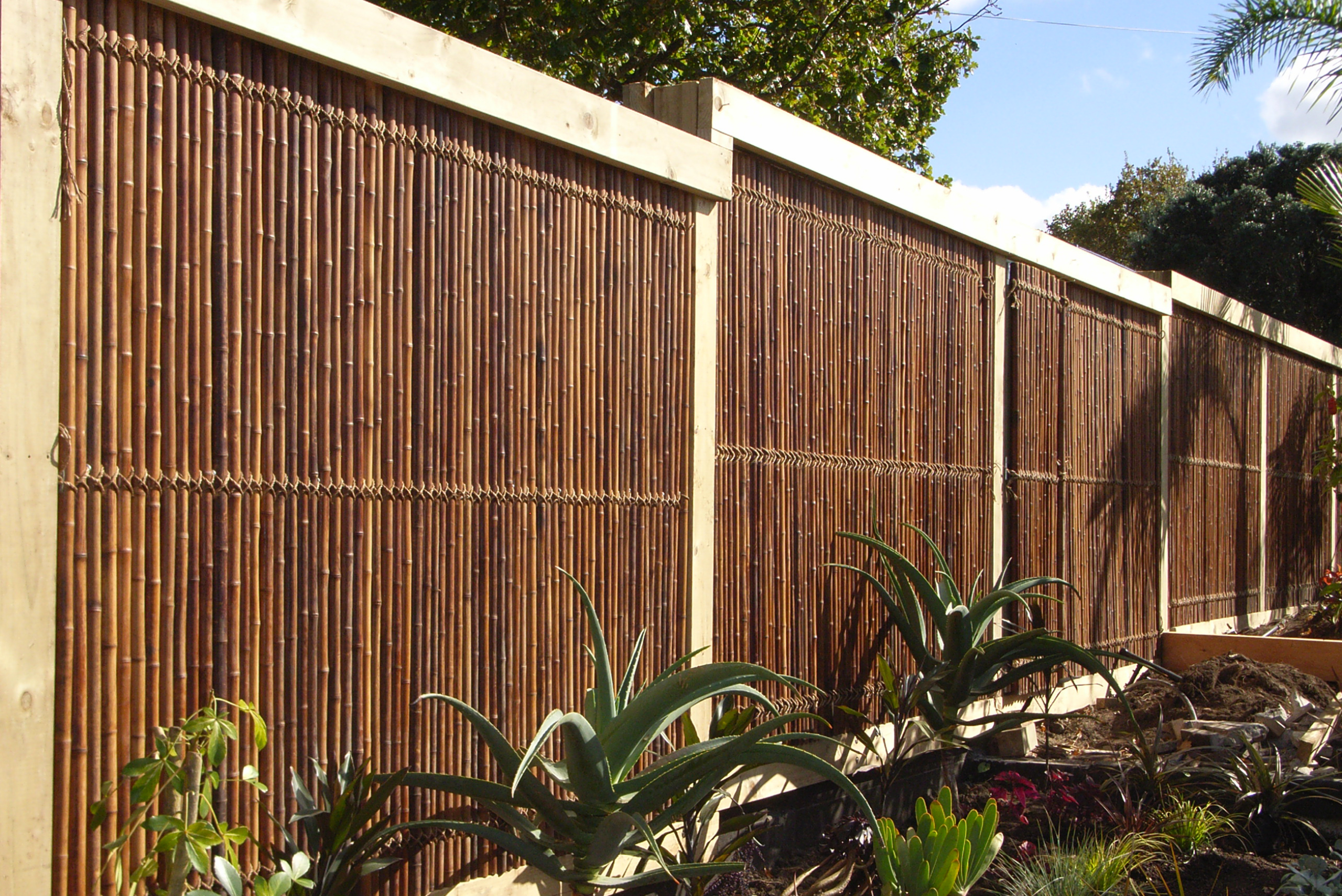You can easily transform a piece of furniture cheaply by stripping off the old paint and refinishing the wood as to its original state. By stripping old furniture down to the natural wood you can ensure a smooth surface – free of bumps and blemishes – which can be polished, varnished or even stenciled for a completely new look. Make sure first that you know what finish you are stripping because, paint, polish, lacquer or varnish all require different treatments.
Equipment: By hand, you need paint stripper, liquid or jelly form, methylated spirits, and turpentine. A pair of rubber gloves, old paint brush 25 – 50 mm wide, a scraper, course wire wool and sand paper fine to medium grade.
Paint Stripping: if you are professional for difficult work it can be removed by immersing the article in a caustic bath. A safer suggestion I would recommend by hand, using a chemical paint stripper; this gives great results as it adds an extra luster to the bare wood.
Method: Firstly make sure that your work area is well ventilated as paint stripper gives off unpleasant fumes. Remove all fittings handles, key guides etc, then start brushing the stripper on to the painted areas, work the stripper into all cracks/crevices. When you have covered a workable area, leave the stripper to act for several minutes. When it starts to bubble, remove the paint layer with your stripping knife or scraper, (put the paint shreds into an old paint tin as being caustic they are dangerous) repeat the process until you reach the wood. When all the paint has been stripped, next step is to wash the wood down with the manufactures recommendation on what neutralizer to use this will remove any remaining debris at the same time neutralizes the stripper. If the suggested neutralizer is say turpentine then soak a ball of wire wool and thoroughly rub down the stripped surface. When dry sandpaper down to a smooth finish. Important; always rub in the direction of the grain.
Stripping polish: before you can remove successfully, you must know firstly the type of polish. If it is French polish this can be removed quite easily with methylated spirits, wipe it on generously, leave for a few minutes. When the polish has softened, scrape it off with a scraper then with fine wire wool (soaked in Methylated spirits) when the wood is dry you can sandpaper down to a nice smooth finish. If it is a Wax polish (oily surface) this you can remove with fine steel wool soaked with turpentine. Repeat until you are at the bare wood, dry off with an absorbent cloth.
Varnished and Lacquered finishes: if the article being 50 years or more old it probably is an oil based varnish of which was made from resins dissolved in oils and solvents. The cleanest/easiest way is with a scraper; tilt the scraper away from you working along the grain (never across the grain). Polyurethane varnishes use a paint stripper. Cellulose-based varnishes can be removed by paint stripper, acetone, cellulose thinners, ammonia caustic soda, or turpentine. Suggest test a small area first to see which works best. Repairs, now you are able to see the various faults. Your repairs are necessary before the new finish can be applied, perhaps the draws require re-nailing or weak joints to be glued, cracks and holes must be filled. Minor cracks and holes you use a plastic wood or non-shrinking stopper all available in various natural wood colors. Large holes should be Plugged with a similar wood, cut to shape making sure the grain of the pug runs the same way as the rest of the surface, and then glue it in. Fine sandpaper all your repairs down to a smooth finish for the next stage.
Finishing with polyurethane: this gives bare wood a lustrous, hard wearing finish of which is easy to clean and maintain. Polyurethane can withstand heat without marking although intense heat will damage the wood. There is a variety of natural wood colors available as well as clear all matt or gloss finish. It is important to let Polyurethane set; some brands can take up to two weeks to achieve maximum hardness. Apply the varnish directly to the sanded wood with a brush as the varnish must be applied in coats. It is a good idea with the first coat to dilute with spirit so that it soaks in and seals the wood. After each subsequent coat (when dry) lightly rub down with a fine sand paper. If you are using one of the colored varieties it would pay you to apply the first coat with a clear, this will save any likelihood of a patchy finish. If you want a matt finish after using colored varnish make the final coat with a clear matt.
Finishing with Wax Polish: Wax polish can be used either by itself or in conjunction with polyurethane as an alternate finish. Although wax gives a wonderful warm mellow look to the wood it is not very practical, because it has very little resistance to heat, it marks quite easily therefore it is advisable that it be used on more decorative pieces. For the wax finish all you need is pure beeswax, turpentine, cheese grater and a glass jar. Grate the wax with the cheese grater into a jar cover with turpentine – stand the jar in a pan of very hot water and stir until the mixture melts and forms a thick paste. Dip a clean rag in the wax and rub into the clean wood surface, taking care to spread the wax evenly. Apply enough wax to soak into the grain avoid leaving excess on the surface. When the wax has hardened (approximately an hour or so) buff up the surface with a fine cloth. With Polyurethane, use a proprietary white wax polish. After the final coat of varnish has dried rub it over lightly with a very fine “0000” grade of wire wool. Brush away the dust; now rub in the polish with a course piece of fabric giving you an even matt sheen. Finally buff the surface with a fine cloth. Successive layers of polish, built up at a rate of one every two days, will deepen and harden the surface finish. Not bad for a small amount of effort! Cheers Darryl.







